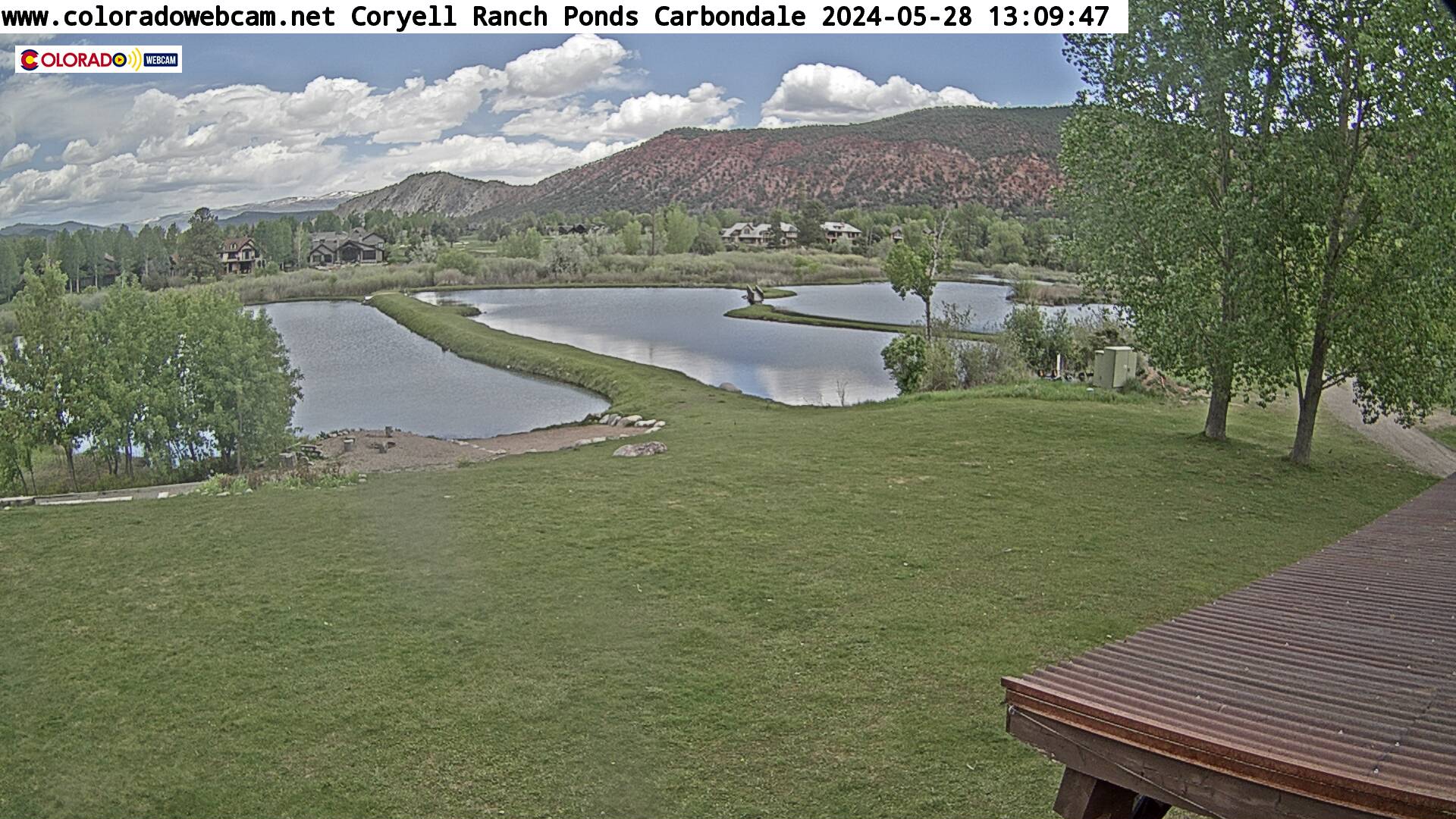Coryell Ranch Ponds (Carbondale) (via Coloradowebcam.net)

Hwy. 82 Carbondale (via Coloradowebcam.net)

Hwy. 82 at Cattle Creek (Carbondale) (via Coloradowebcam.net)

Sunlight Mountain via FAA (Carbondale)
Carbondale, Colorado: A Legacy of Industry, Agriculture, and Mountain Culture
Carbondale, Colorado Weather Cams. Nestled in the Roaring Fork Valley, Carbondale, Colorado, is a town with a rich history shaped by Native American heritage, coal mining, agriculture, and the rise of Aspen as a cultural and economic hub. Located in Garfield County, Carbondale has evolved from a quiet agricultural settlement into a vibrant community known for its arts, outdoor recreation, and connection to the surrounding mountains.
Early History: Native American Presence
Before European settlers arrived, the Ute people inhabited the Roaring Fork and Crystal River Valleys. The Parianuche and Yampa bands of the Ute Nation used the area for seasonal hunting and gathering, relying on the abundant wildlife and natural resources. However, as settlers moved westward in the late 19th century, conflicts arose, leading to the forced removal of the Utes in 1881.
Settlement and the Founding of Carbondale
Carbondale was officially incorporated on April 26, 1888. The town’s name comes from Carbondale, Pennsylvania, the hometown of some of its early settlers. The fertile valley made it an ideal location for agriculture, and early farmers supplied food to the booming silver mining town of Aspen.
Agriculture and the Potato Boom
In the early 20th century, Carbondale became known for its potato farming. Before Idaho dominated the industry, Carbondale was a major producer of potatoes, which were shipped to markets across the country. The town still celebrates this legacy with Potato Day, an annual fall festival featuring a parade and community cookout.
Coal Mining and Industrial Growth
Despite its name, Carbondale was not originally founded on coal mining, but the surrounding area contained high-quality coal deposits. By the late 19th century, coal mining became a significant industry, particularly in the Crystal River Valley. The coal was prized for its high burning temperature and low sulfur content, making it valuable for industrial use.
However, the mines also contained methane gas, which led to dangerous working conditions. In 1981, a tragic methane explosion killed 15 miners, marking a turning point for the industry. By 1991, the mines had closed permanently, shifting Carbondale’s economy toward tourism and arts.
The Rise of Aspen and Carbondale’s Role
Aspen’s transformation into a skiing and cultural destination in the mid-20th century had a profound impact on Carbondale. As Aspen’s real estate prices soared, many workers and artists moved to Carbondale, turning it into a bedroom community for Aspen. This influx of residents contributed to Carbondale’s growing arts scene and economic diversification.
Modern Carbondale: Arts, Recreation, and Sustainability
Today, Carbondale is known for its thriving arts community, outdoor recreation, and commitment to sustainability. The town hosts Mountain Fair, a popular summer arts and music festival that attracts thousands of visitors. Additionally, Carbondale has embraced renewable energy initiatives, reflecting its commitment to environmental stewardship.
The surrounding area, including Mount Sopris, remains a focal point for outdoor enthusiasts, offering hiking, biking, and skiing opportunities. Carbondale’s blend of history, industry, and modern creativity makes it a unique and dynamic town in Colorado’s Rocky Mountains.
For more information, visit the Carbondale, Colorado official website.
